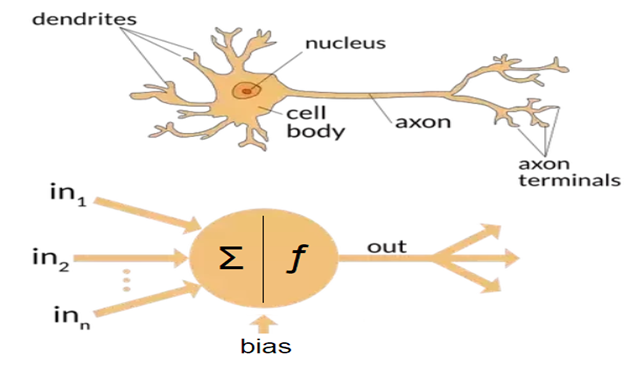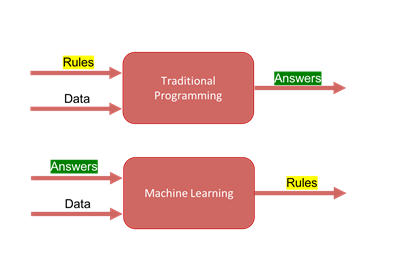
mitoML
Scientific Computing
Machine learning approaches to understand the development of defects in oxidative phosphorlylation in mitochondrial disease
Deep Learning and Its Applications in Medicine
Artificial Neural Network
We have limited understanding of how our brains function, but we know that interplay within the network of neurons is capable of astonishing complex computations. Inspired by our brains in 1943 McCulloch and Pitts came up with computational model of artificial neuron (AN) and artificial neural network (ANN). The general idea being artificial neurons are mathematical functions that receive inputs and produce an output that is a weighted sum of the inputs fed to a switch like function called as an activation function. We can connect layers of ANs together to build ANNs which can recognise very subtle patterns in the data that are otherwise impossible to recognise by conventional methods. These patterns can then be used to make predictions.

Machine Learning
Machine Learning (ML) models are computer algorithms that are programmed to learn from training and based on it make predictions. A “traditional” computer algorithm/program/application relies on hard coded rules e.g. bank account application, which allows users to deposit and withdraw money based on a set of rules; but a ML algorithm relies on training to learn rules e.g. processing credit card applications, which depend on learning “rules” about credit worthiness based on previous decisions.

The task of machine learning i.e. learning the rules can be achieved by employing various methods including statistical and ANN. A simple case can be using a statistical linear regression model, were learning the rule is to come up with linear solution (a line if you just have two variables) that is closest to all the training answers

The selection of the most appropriate “rule learning” method depends on the problem you are trying to solve, the amount of prior knowledge available about possible solution, and the amount of training data available. In machine learning when ANN is employed as the rule learning method then it is called as Deep Learning.
Deep Learning
In deep learning, layers of artificial neurons are interconnected for machine learning (learning rules). By employing increasing numbers of ANs and layers, and some clever network architectures. It can learn some very complicated rules that are hard for humans e.g. deep learning model that can predict underling molecular and genetic makeup just by looking at MRI scan of tumour.
A simple deep learning model called feedforward neural network (FNN) consist of an input layer to feed all available inputs features (predictor variables), an output layer that return a response and hidden layers (aka ANN) in the middle which learn rules to correctly predict.
There are two stages in building any ML model.
Training stage: here model is fed with input features and responses and it is expected to learn the rules based on this data. The learning task in FNN is to come up with appropriate weights between every AN connection based on response variable. For example, below the model is trying to learn the rules that predict if a cell is healthy or cancerous based on four continuous pathological variables recorded by AFM. It does this learning by setting the weights between artificial neurons such that relationship between every input feature and response variable is defined to achieve best possible predictions.
Test stage: here trained model (AKA frozen neural network graph) is fed with unseen input data and predicted outputs are recorded. These predicted outputs are compared to ground truth to ascertain accuracy of the model.

Measure of competence of ML models
It is not always possible to learn the exact rules or there might be no rules that can explain the outcome. And the only way of knowing the competence of any ML model is to measure how well it perform on training and test data.
The most commonly used metrics are classification accuracy, logarithmic loss, confusion matrix, area under curve, F1 score and mean errors.
Deep Learning Models in Medicine
Lately, there has been substantial application of deep learning to solve problems in medicine. Below are some examples
Deep learning-based quantification of abdominal fat on magnetic resonance images
Automatic disease annotation from radiology reports using deep learning
Deep-learning-assisted diagnosis for knee magnetic resonance imaging
Automatic knee meniscus tear detection and orientation using deep learning
Machine learning can accelerate discovery and application of cyber-molecular cancer diagnostics
Brain Tumor Segmentation Using Convolutional Neural Networks
Identifying medical diagnoses and treatable diseases by image-based deep learning
There are hundreds of deep learning models invented in last decade that addresses relevant problems. I would need more than a blog post to discuss different deep learning models (may be the next two posts?).